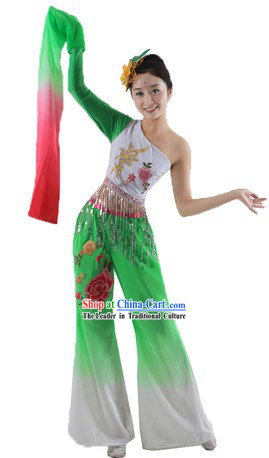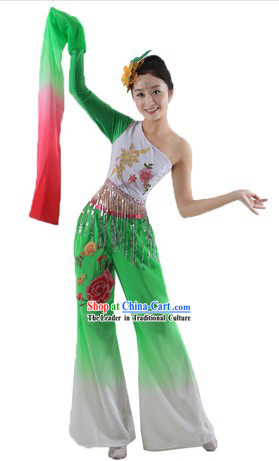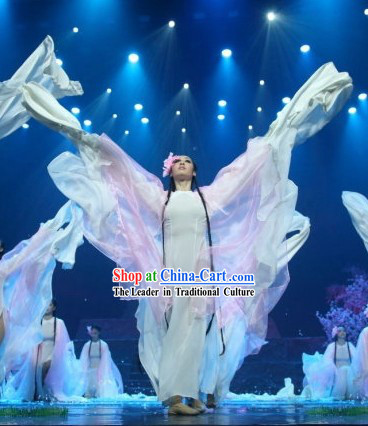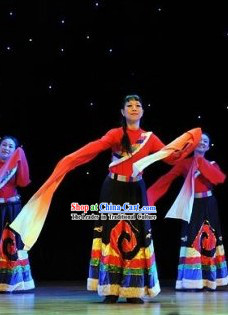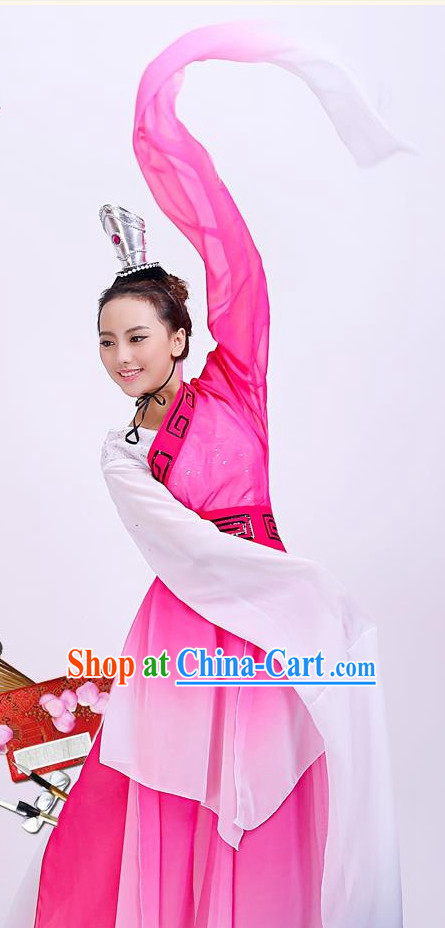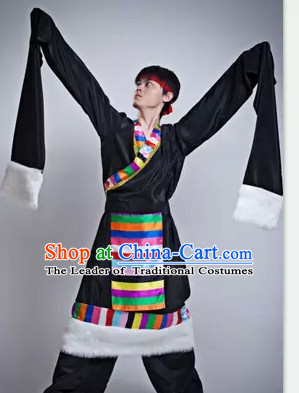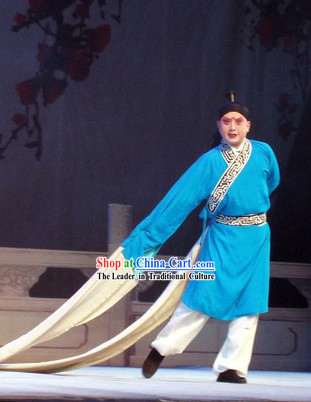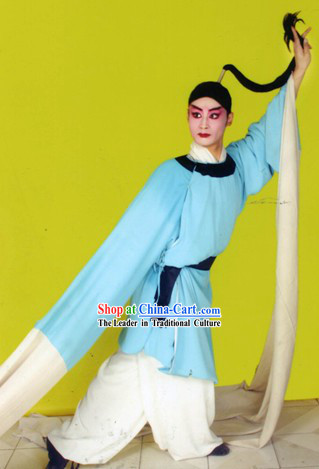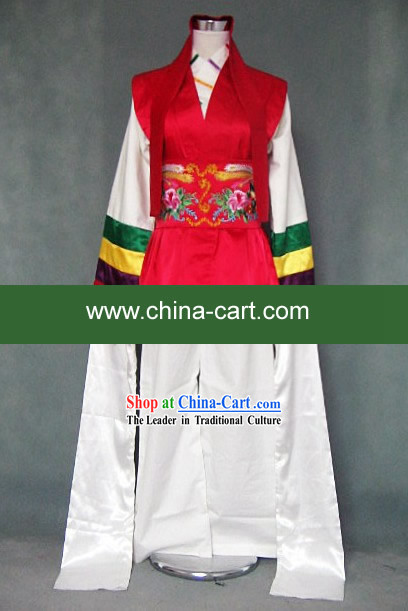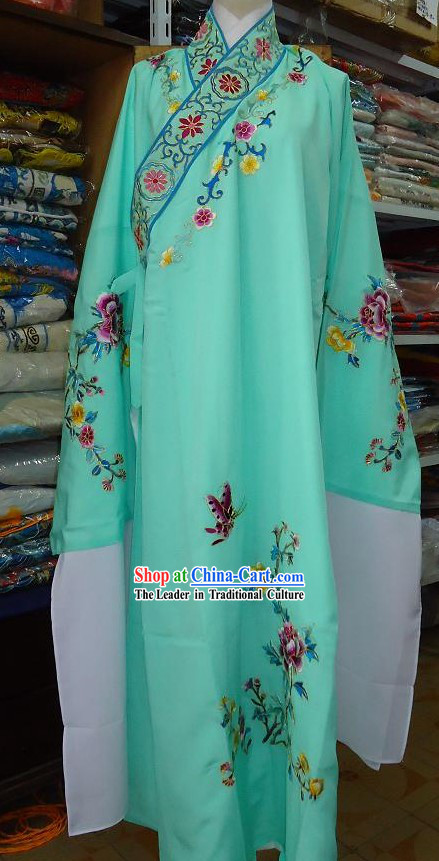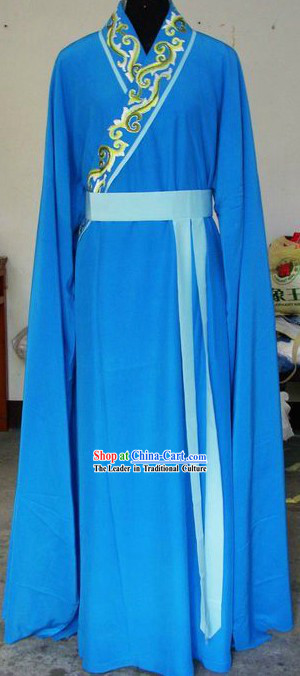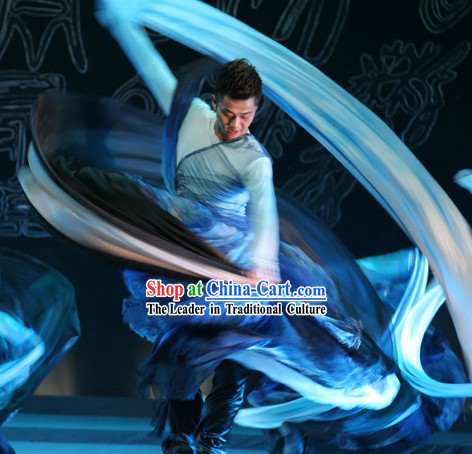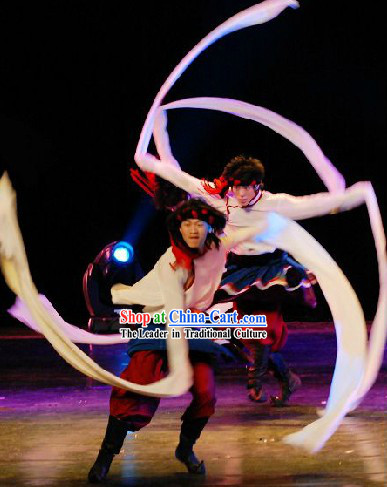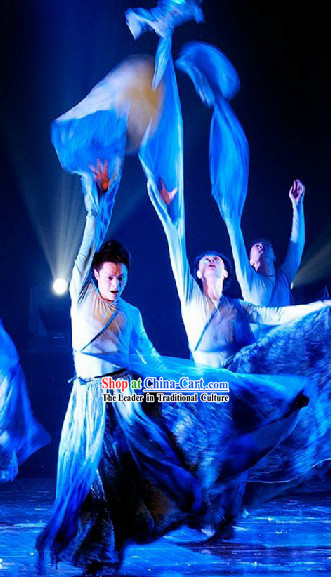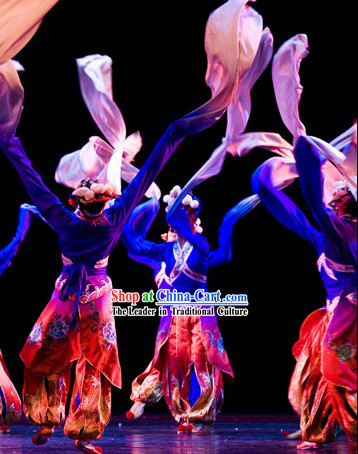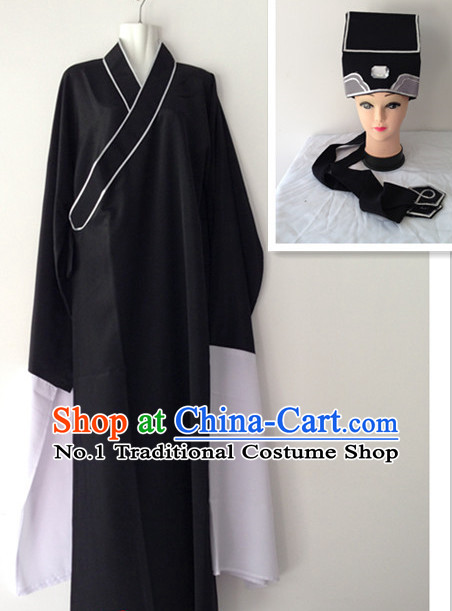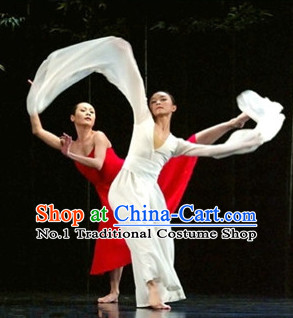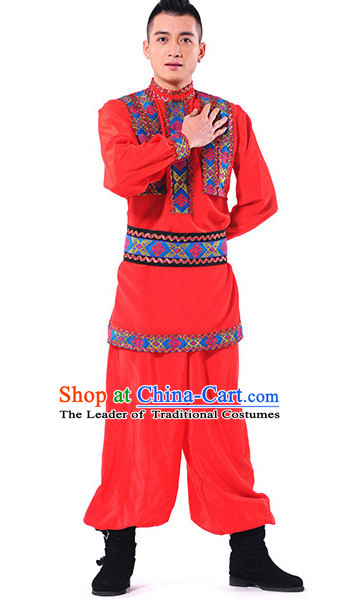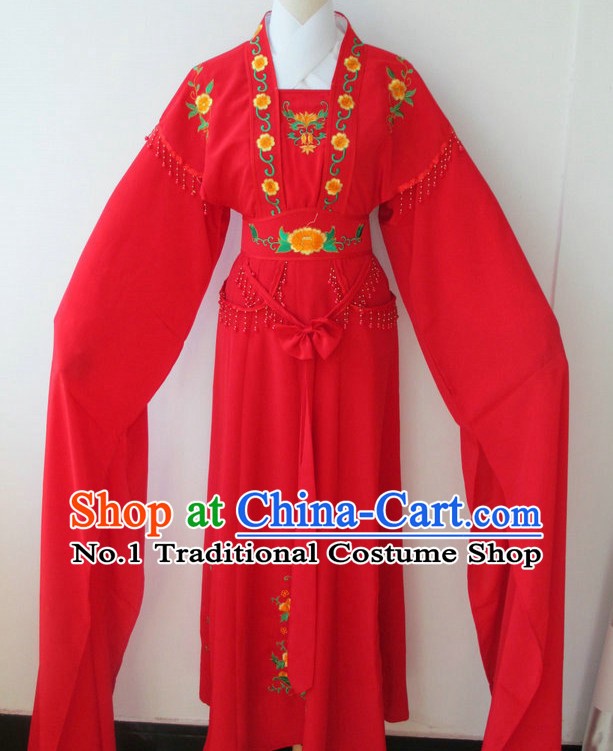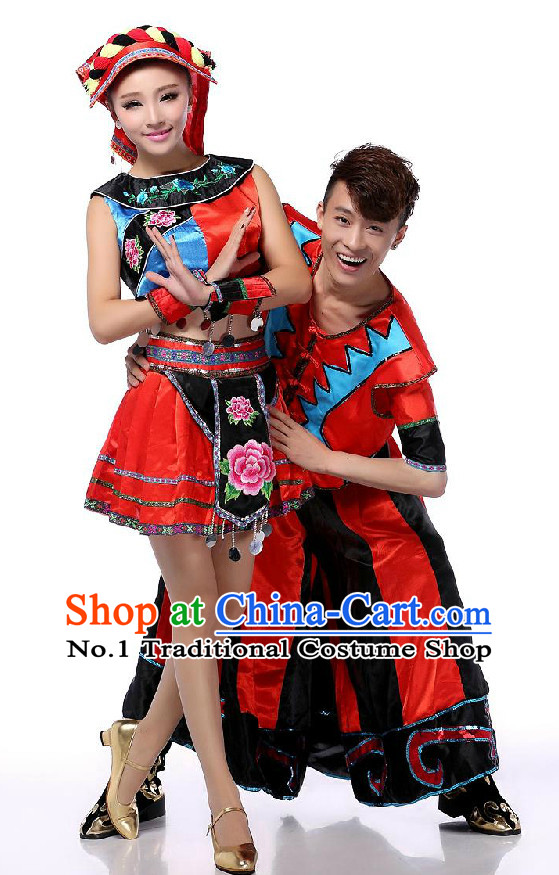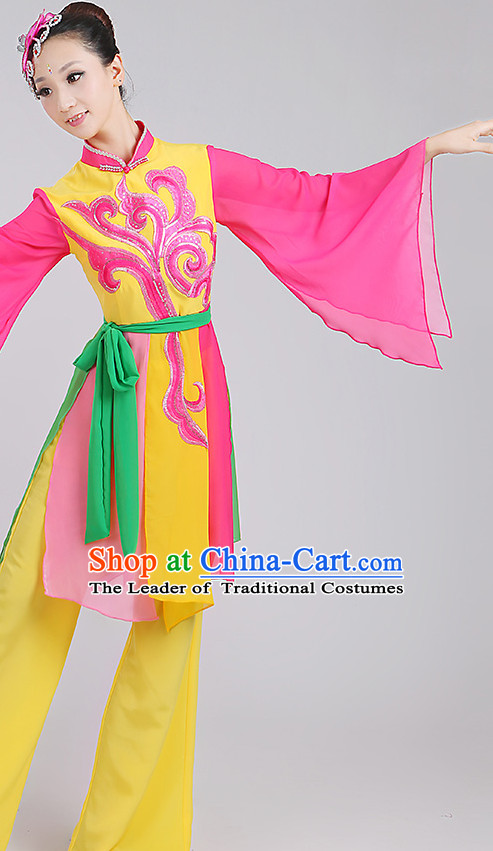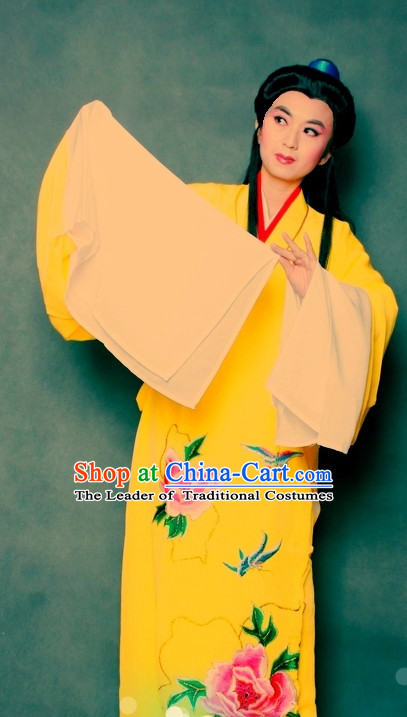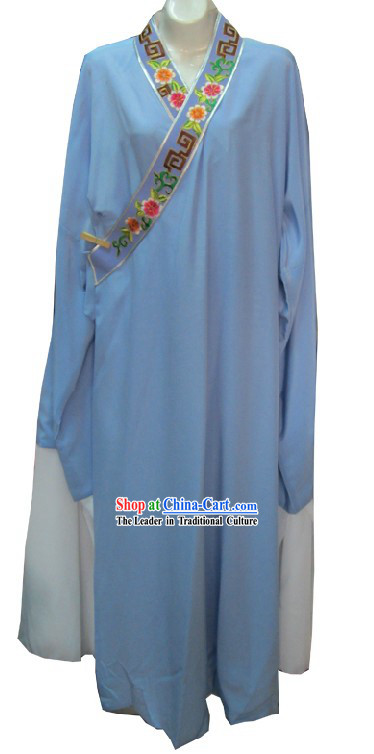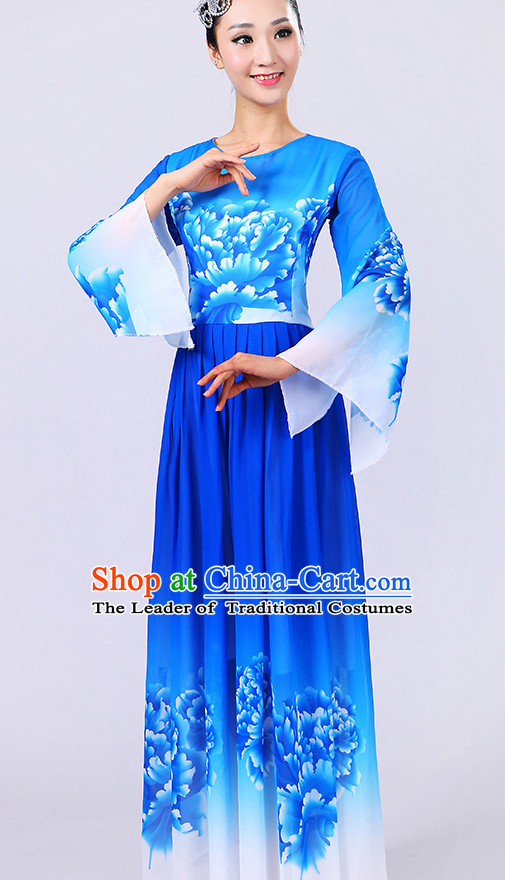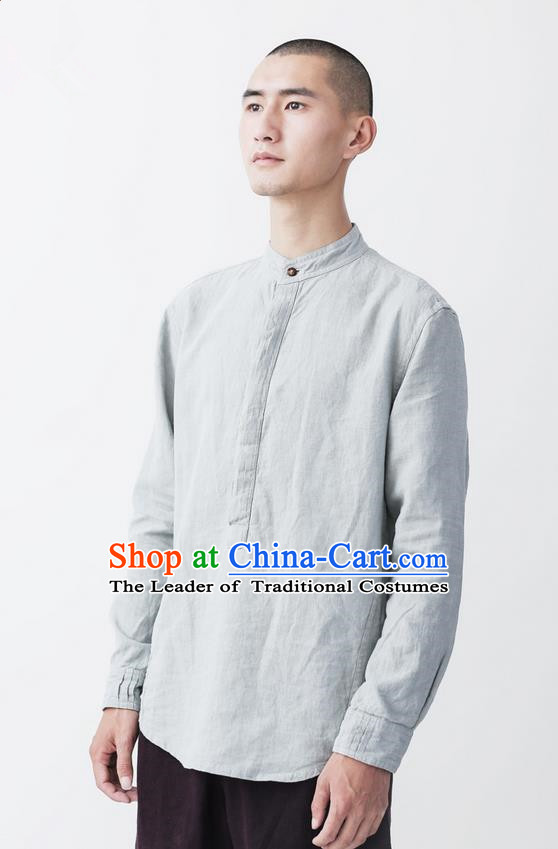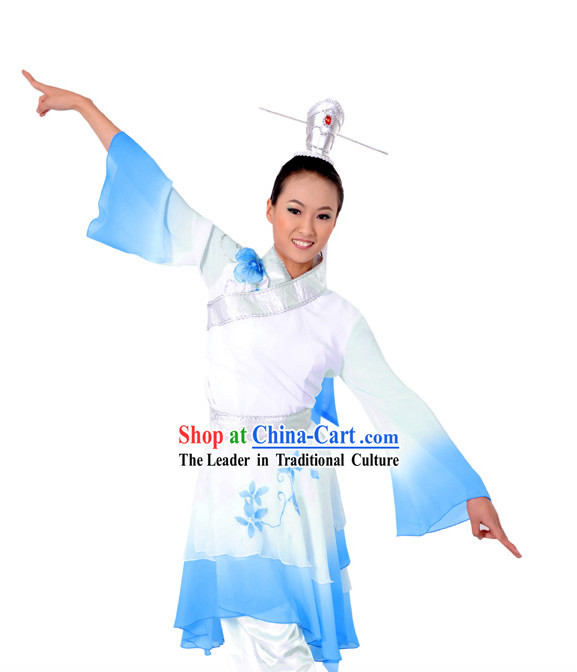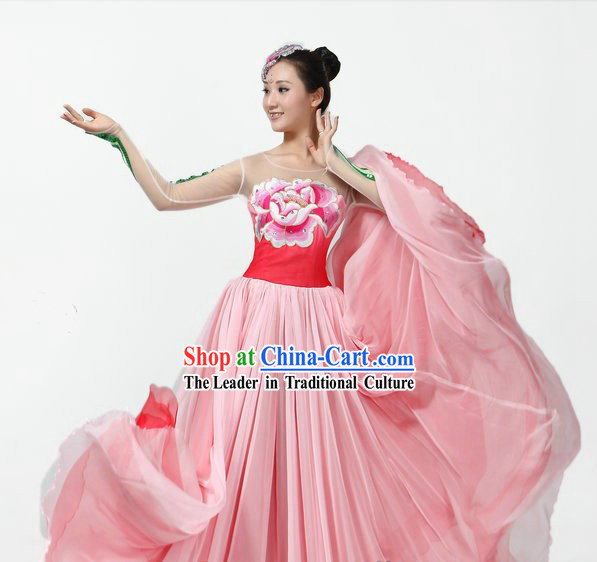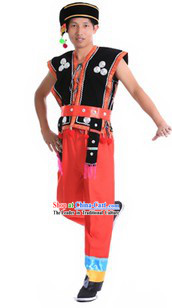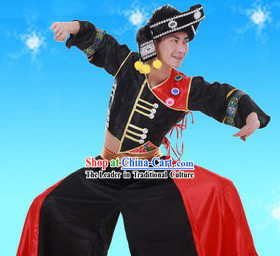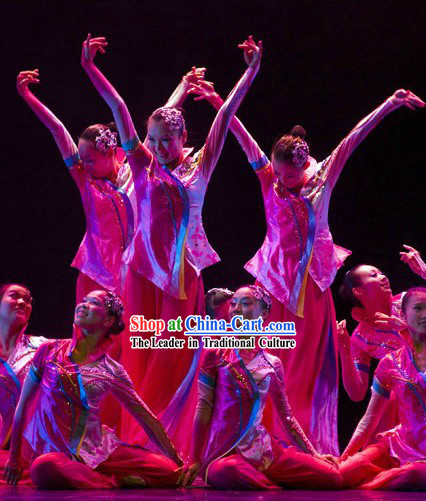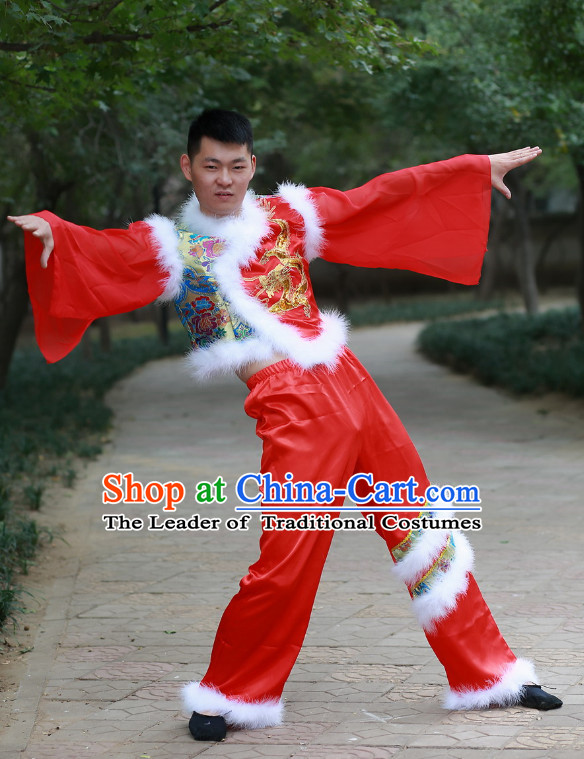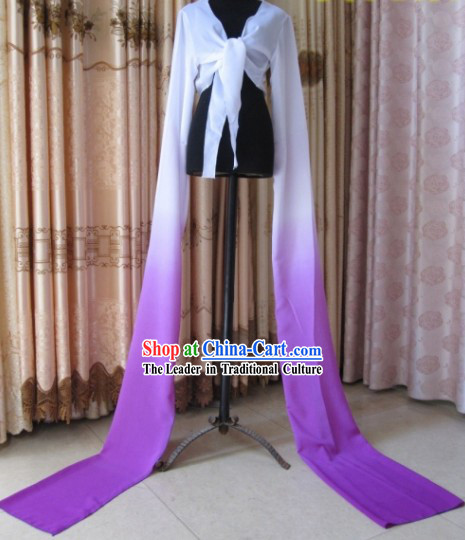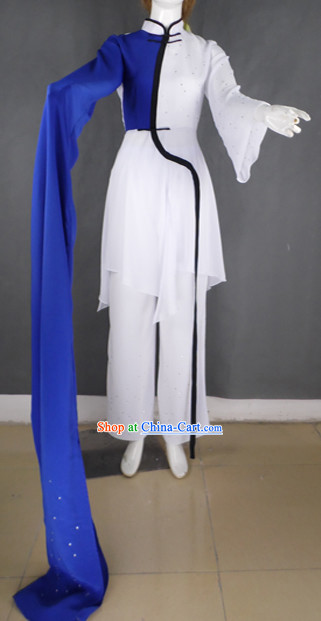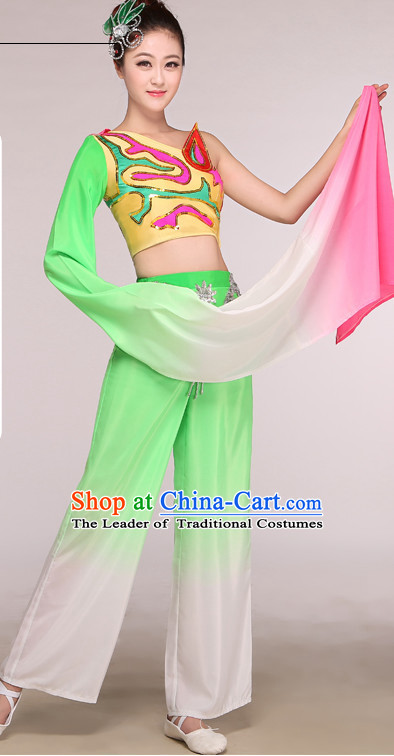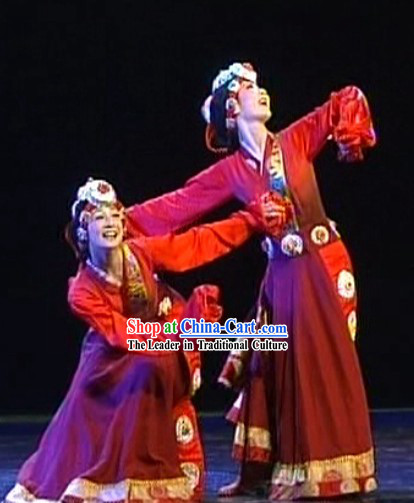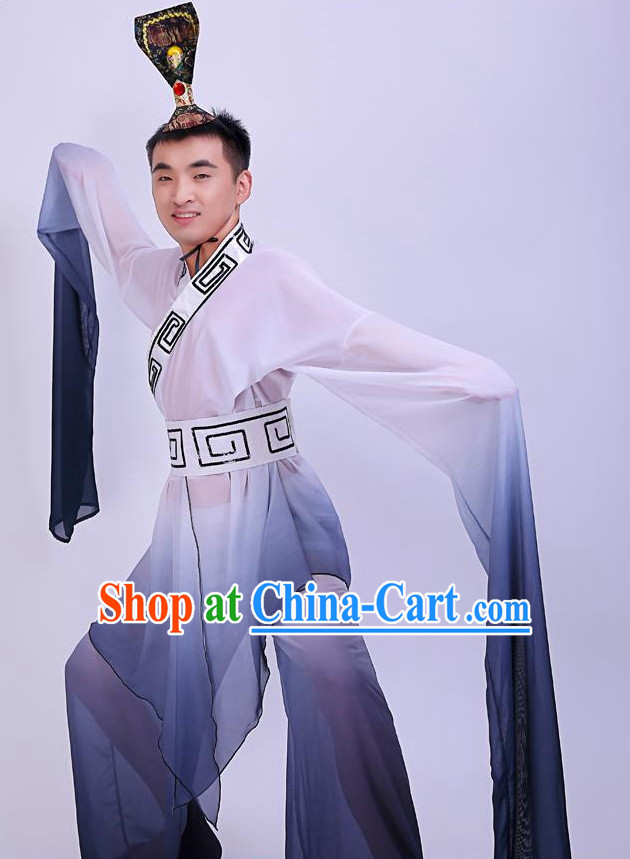
Click Related Pictures for More Audios:
Chinese long-sleeved dance costumes and men's headdresses are unique clothing in Chinese culture, representing rich spiritual connotations and historical significance.
These costumes are usually made of silk with exquisite patterns and unique designs, reflecting ancient Chinese art, craftsmanship, and aesthetic concepts.
In ancient China, dancing was an important social activity, as well as a way to express emotions, showcase talents, and inherit culture.
Long-sleeved dance costumes and headdresses provided comfortable wearing experiences for dancers while adding artistic charm to their performances.
The design of these costumes often incorporates natural elements, myths and legends, and historical stories, showcasing the imagination and creativity of ancient Chinese artists.
In addition to being props for dance performances, long-sleeved dance costumes and headdresses also have symbolic meanings.
For example, red is considered a lucky color and is often associated with celebration, prosperity, and happiness; blue symbolizes tranquility, wisdom, and loyalty.
The choice of colors reflects the ancient Chinese society's yearning and pursuit of a better life.
Furthermore, long-sleeved dance costumes and headdresses carry rich historical memories.
Many costumes have exquisite embroidery patterns that often depict historical figures, myths and legends, or geographical landscapes.
Through these patterns, audiences can learn about the customs, religious beliefs, and geographical knowledge of ancient Chinese society.
In conclusion, Chinese long-sleeved dance costumes and men's headdresses are treasures in Chinese culture.
They not only have practical functions but also bear rich spiritual connotations and historical significance.
These costumes witness the development of ancient Chinese art, craftsmanship, and aesthetic concepts and provide us with an important window to understand ancient Chinese society.
